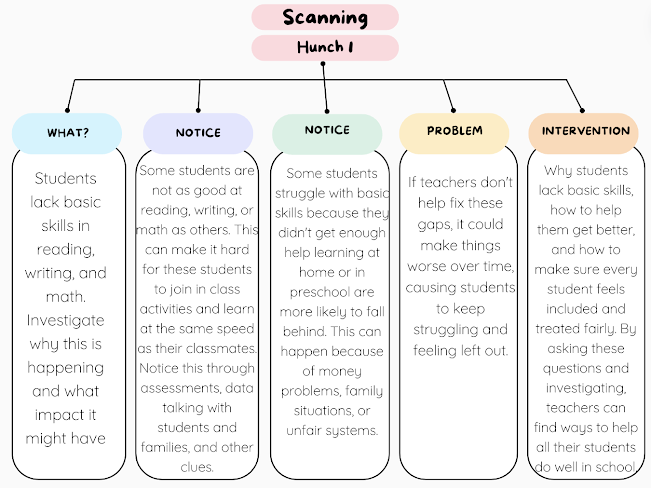Reflecting on Writing Progress with the Syntax Project and Targeted Instruction
As an educator, one of the most rewarding aspects of my job is witnessing the growth and progress of my students, particularly in their writing abilities. Over the past eight weeks, I have implemented several targeted teaching strategies, including the Syntax Project, BSLA (Best Start Literacy Approach) Tier 1 whole-class instruction focused on phonological awareness, and Tier 2 small group reading instruction. These strategies have yielded impressive results, demonstrating the profound impact of qualitative data in understanding and enhancing student learning.
The Role of Whole-Class Instruction
The whole-class phonological awareness lessons gave my students a solid foundation in literacy. By focusing on key phonics skills and using the Syntax Project, I saw big improvements in their writing, especially when it came to writing dictated sentences. The structured Taumata 2 lessons really helped many students progress faster than I expected.
I noticed that the clear instructions, along with fun activities, helped students pick up phonics concepts more easily. This better understanding showed up in their writing, as they started using their phonics knowledge to build sentences. With improved spelling, my students are now more confident expressing their ideas and showing their creativity in their writing.
Intensive Tier 2 Small Group Instruction
While the whole-class lessons built a good foundation, the small group Tier 2 reading sessions gave extra support to students who needed it. My small group, working at the same Taumata 2 level, made faster progress because we focused on phonics and phonological awareness before starting new books.
This focused instruction let us break down reading and writing into smaller steps. By working on specific skills like decoding, blending, and segmenting, the students felt more prepared to tackle new texts. Not only did their reading fluency improve, but their comprehension and writing got better too. From what I saw in class and heard from the students, their engagement and confidence really grew.
The Power of Component Breakdown
Breaking down literacy lessons into smaller, manageable parts has made a big difference for my students. This focused approach helped them master 12 phonics readers in just eight weeks. From their feedback, it's clear they feel more confident and excited about both reading and writing.
Students have said they feel more sure about writing accurate and expressive sentences, and they’ve been eager to share their work and talk about how they’re improving. The insights I gathered from class discussions and individual reflections really showed how this focused teaching has boosted their skills and confidence.
Conclusion
Looking back on the last eight weeks, I’m so proud of how far my students have come. The progress they’ve made, backed by the feedback I’ve seen in class, has been amazing. Using a mix of the Syntax Project, BSLA whole-class lessons, and small group reading sessions has worked really well to boost their literacy skills. By focusing on phonological awareness and giving them targeted support, my students have not only become better at reading and writing but also gained the confidence to express their ideas.
As I keep reflecting on what’s working in the classroom, I’m reminded of how important it is to adapt my teaching to where the students are in their learning. This experience shows me that with the right support, every student can thrive as a confident reader and writer. In week 2, I'll be diving into my assessments for the 10-week BSLA program. I'm really looking forward to seeing what the data reveals about my students' progress!















